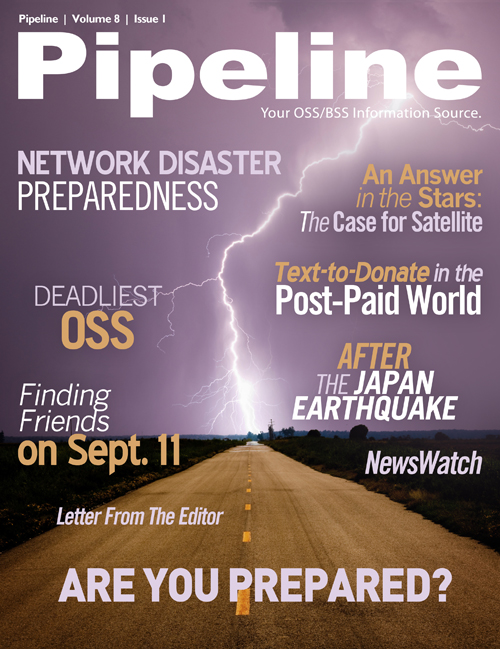By: Tim Young

As relief efforts continue in Japan, where earthquakes and tsunamis struck to devastating effect just a few short months ago, we are reminded about the importance of a great many luxuries and necessities that we often take for granted on a day to day basis.
Clean water. Reliable shelter. Security. The ability to communicate with friends and family. To know that your loved ones are safe from danger and free from harm.
However, after a major disaster, when communication is at its most crucial, it is also at its most vulnerable. In a nation like Japan, where cutting edge communications are as sharp and reliable as anywhere in the world, this is doubly true.
There are two parts to the story of Japan's communications infrastructure: one an uplifting story of a hero's struggle and one a cautionary tale that could apply to every provider on the planet.


March 11, 2011
On March 11, Japan was rocked by tragedy. As of March 15, 2,470 base stations were still offline in the Tohaku and Kanto regions, according to a release from NTT DOCOMO. The calls that could be made in those areas were unreliable due to strain on the FOMA 3G network. SoftBank, KDDI, and other communications providers experienced similar outages and network strains, forcing the providers to restrict access to the network to ensure that essential communications would go through.
Thousands of base stations out of commission leaving masses of subscribers with little connection to the outside world constitute a major outage. However, as Luke Collins of Engineering &Technology Magazine pointed out in an early April article (http://eandt.theiet.org/magazine/2011/04/japans-infrastructure.cfm?SaveToPDF), Japan has between 60,000 and 70,000 base stations serving 118 million subscribers. Even days after the quake, the vast majority of the network was intact. Even more remarkable, though, is that by March 24, 90 percent of the base stations in Tohuku, the hardest hit region in the country, containing the storied Fukushima reactor, were back online.
Preparation and Response
The worst of the outages lasted days, rather than weeks or months. While these silent days were those in which communications are the most crucial, from facilitating rescue efforts to enabling family members to confirm that loved ones were safe, Japanese providers made provisions to help people in alternate ways.
Providers established message boards on which those living in the affected area could inform their family members and friends of their stay without using the ailing and overtaxed network. Emergency calls were prioritized, resulting in the rejection of many calls, but assurance that the most vital calls were permitted to connect. Temporary, mobile base stations were distributed. Provisions were made.








